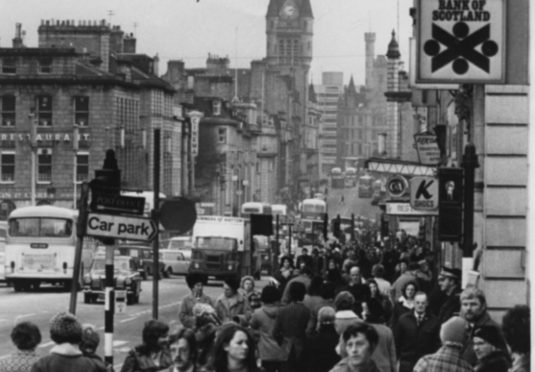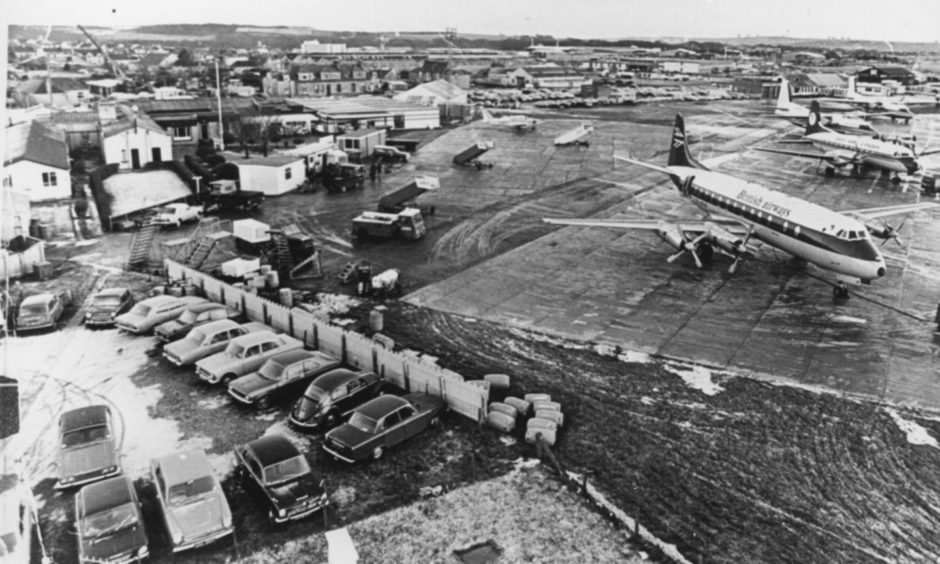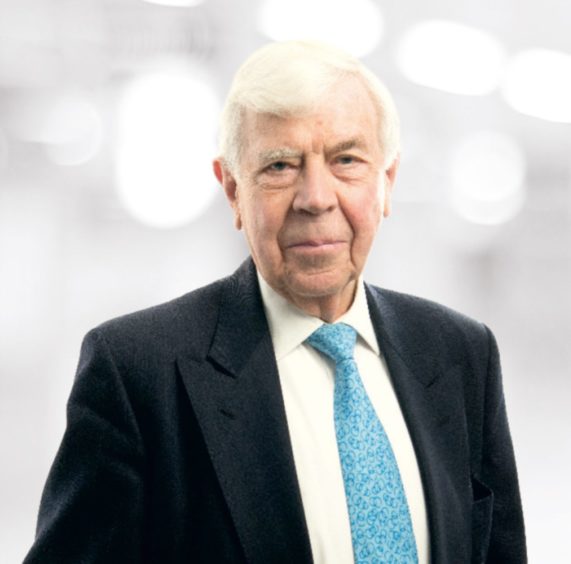The Aberdeen oil boom after discovery of the giant Forties field nearly tempted one of the former top bosses at BP to leave the company for property development.
Geologist David Jenkins, who would later become the chief executive of BP Exploration’s technology division, arrived in the city in 1972 to help understand the nature of the reservoir and the scale of the “game-changing” discovery BP had made two years prior.
Mr Jenkins said it was “so obvious” at the time how the oil boom would transform Aberdeen, the opportunities that could bring, and how he “might have left BP” for that in 1974.
“You could see the way the place was going to boom and you could see the opportunities to do a whole number of things,” he said.
“I did actually think at the time whether I would actually stay in Aberdeen and either go into the oil service sector, or go into property development.
“Around the airport it was so obvious what was going to happen in terms of the development because of the oil.
“Forties was the first in a series of discoveries and Aberdeen was going to be the centre of activity for the Central and Northern North Sea.
“But anyway that didn’t happen and I went off down to London and, as they say, the rest is history!”
Mr Jenkins ended up spending a successful career with BP – speaking to Energy Voice from his holiday home in Greece, where he had his first assignment with the company in the early 60s.
Prior to Forties he carried out some of the work that would lead to the discovery of North America’s largest oil field, Prudhoe Bay in Alaska.
His career would also take him to places like Australia, Libya, Canada and Papua New Guinea.
However, Forties, coming shortly after the invention of seismic data analysis, holds a special place for Mr Jenkins and BP.
It also “opened up” the region for other major finds like Shell’s giant Brent field in 1971.
He said: “BP had the huge success of Prudhoe Bay, which was very spectacular, then they had Forties and then a whole string of successes in the North Sea.
“We’d been and had the gas in the Southern North Sea, but nothing really beat down there at the time.
“Forties, as I say, was a real game-changer for BP moving north. It really did open up the oil plays of the Central and the Northern North Sea and of course they’re still there today.
“People are obviously developing much smaller fields but they’re still being developed today.”
Forties would turn out to be one of the largest discoveries in UK waters, having produced 2.5billion barrels by the time it was sold by BP to US operator Apache in 2003.
Just two years later Apache said it had found up to 800million barrels more at the “legendary field”, extending its life by another 20 years.
Forties first oil was achieved back in 1975 after the Queen ceremonially switched on the Forties pipeline system, a key piece of North Sea infrastructure which is still in use today.
“We had a marquee outside the Dyce office, the Queen came in her Bentley!” Mr Jenkins said, “very exciting time”.
It was around this point Mr Jenkins was coming to the end of his three years in Aberdeen, having already bought land near Milltimber to develop a couple of houses there.
His home, he recalls, was furnished with some products bought from Galloway and Sykes, a furniture store that preceded Bruce Millers on Union Street.
“I actually bought a piece of land out in west Milltimber and got planning permission for a couple houses and that set me off for something luxurious down in the London area in 1975.
“The place I still remember is somewhere called Galloway and Sykes, I bought a number of things from there, including a splendid grandfather clock and antiques!”
All set up for the Aberdeen property boom, it seems the old ‘love conquers all’ idiom ultimately saw Mr Jenkins depart the city.
“You mentioned the weather – my wife actually is Greek so the weather was too much for her, but otherwise I might in 1974 have left BP and gone in… I said I did a bit of property development.”


